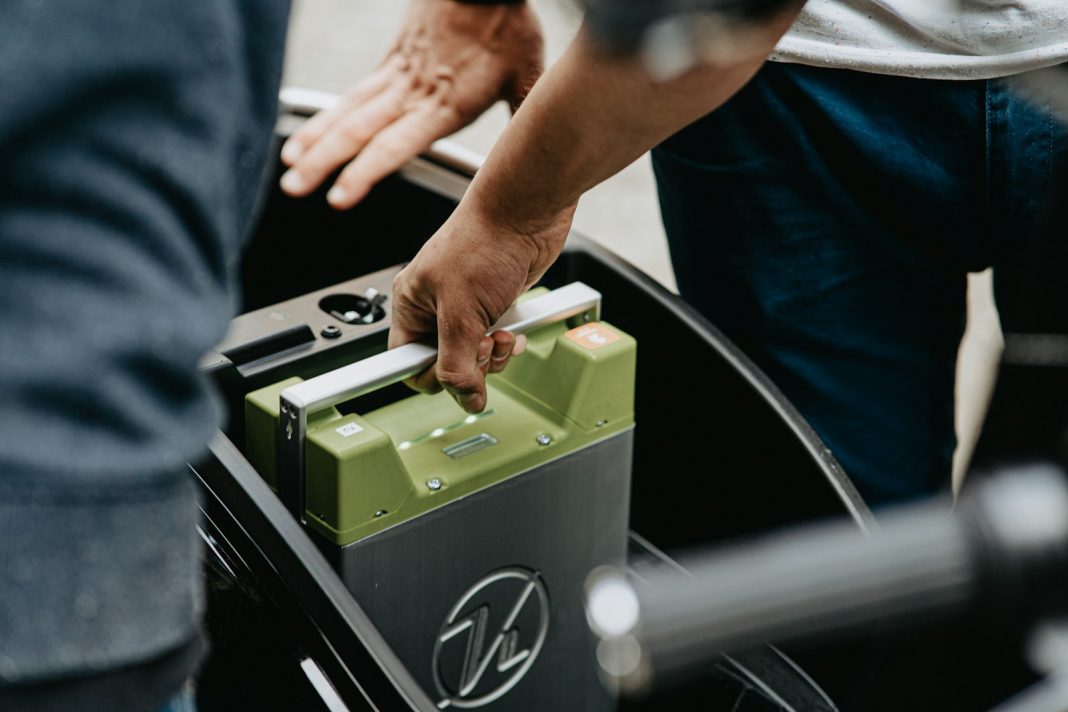In an era where technology reigns supreme and power outages are an inevitable reality, understanding battery backup solutions has become more crucial than ever. Gone are the days of frantic searches for available outlets to charge our devices; instead, a plethora of options, ranging from power banks to whole-home backups, now exist to ensure uninterrupted power supply in various situations.
The landscape of consumer electronics has witnessed a significant evolution, with brands like Jackery, EcoFlow, and SOLIX offering a diverse array of battery backup solutions tailored to meet individual needs. However, amidst this abundance, deciphering the distinctions between different types of backups can be daunting. What sets a solar generator apart from a portable power station? How does a whole-home backup differ? And most importantly, how do you determine the optimal power backup solution for your requirements?
Understanding Battery Capacity and Output
Before delving into specific devices, it’s crucial to grasp two fundamental measurements: energy output and storage capacity. Energy output denotes the maximum power a battery can deliver at a given time, while storage capacity, typically measured in watt-hours, indicates the total energy stored within the battery. To effectively assess your needs, consider the power requirements of the devices you intend to power and calculate the duration of usage accordingly. For instance, while hair dryers or microwaves demand short bursts of power, appliances like refrigerators and CPAP machines necessitate continuous or extended usage periods.
Power Banks vs. Power Stations
The distinction between power banks and power stations lies primarily in size, capacity, and intended usage. Power banks, often compact and portable, cater to the charging needs of mobile devices such as phones and tablets, typically featuring USB outlets for convenience. On the other hand, power stations encompass a broader spectrum, ranging from lightweight, portable units to larger, more robust setups capable of powering multiple devices simultaneously. Equipped with USB and AC ports, power stations offer versatility and are designed to meet diverse power requirements, making them suitable for camping, outdoor activities, or as emergency backups during power outages.
Solar Generators vs. Portable Power Stations
While the term “solar generator” might suggest a distinct product category, it typically refers to power stations equipped with solar panels for renewable energy generation. These hybrid solutions integrate solar input alongside conventional AC power sources and car chargers, ensuring flexibility and resilience in diverse environmental conditions. The charging rate of solar generators depends on factors such as the number of solar panels used, weather conditions, and sun exposure, offering a sustainable alternative for off-grid power needs.
Power Stations vs. Whole-Home Backup
While portable power stations provide a versatile solution for on-the-go power needs, whole-home backups offer a comprehensive, permanent solution for residential power outages. Unlike portable units, whole-home backups are directly connected to the electrical panel, seamlessly powering the entire home during emergencies without the need for manual device prioritisation or extensive wiring. These systems, whether standalone units or integrated with solar panels, provide a reliable safeguard against grid failures, ensuring uninterrupted power supply for essential appliances and medical equipment.
Embracing a Secure Future with Battery Backup Solutions
As the reliability of traditional power grids wanes amidst escalating climate-related disruptions, the importance of battery backup solutions cannot be overstated. Whether for medical necessities, climate control, or general convenience, investing in a diverse range of backup devices, coupled with solar panels, offers a pathway to self-sufficiency and security during outages. By understanding the nuances of power banks, power stations, and whole-home backups, individuals can navigate the evolving landscape of energy resilience with confidence, ensuring uninterrupted access to power when it matters most.
In conclusion, as technological advancements continue to reshape our daily lives, embracing battery backup solutions emerges as a proactive step towards securing a resilient and reliable power supply. Whether it’s the convenience of portable power banks or the comprehensive coverage of whole-home backups, the key lies in understanding individual needs and choosing the right solution to weather any storm, both figuratively and literally.


